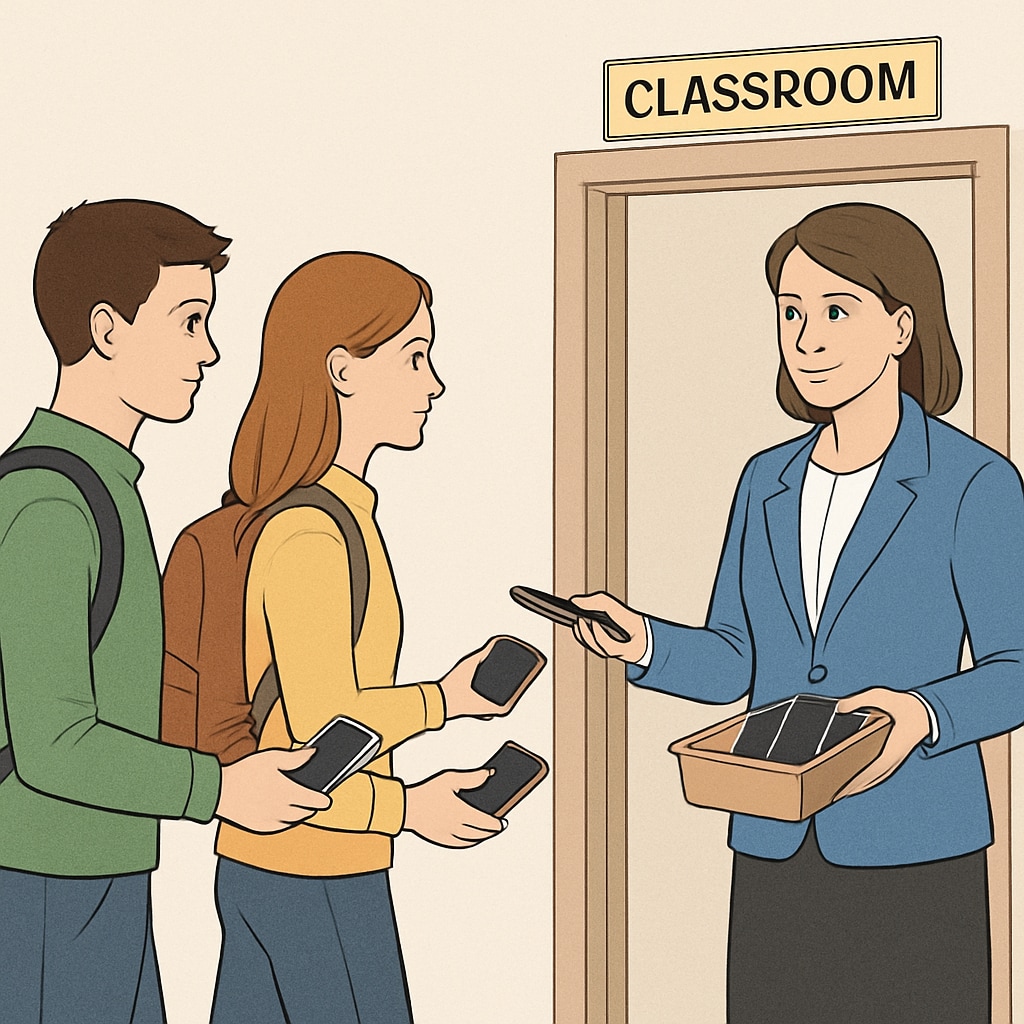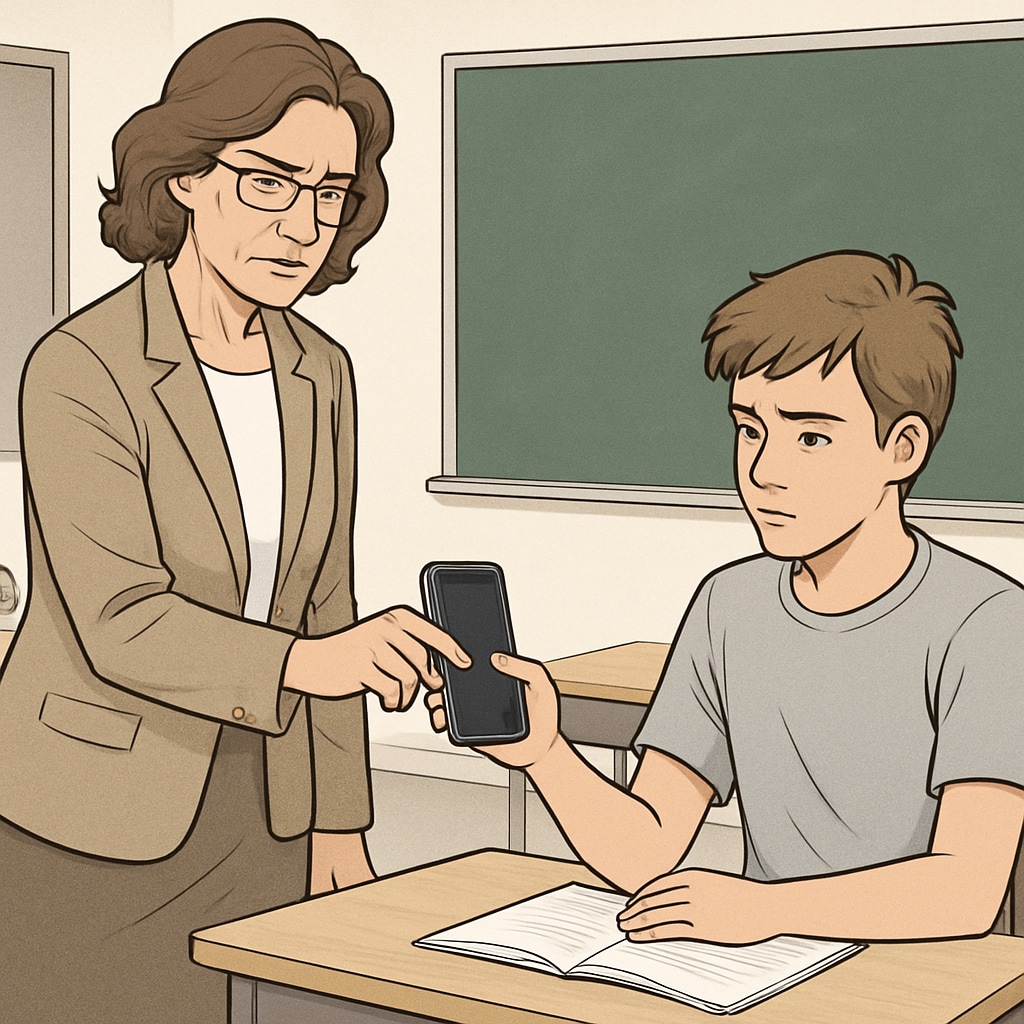The implementation of a mobile phone ban in schools has sparked widespread debate over its role in promoting school safety, learning efficiency, and privacy. While these bans aim to create a distraction-free learning environment, their broader implications raise questions about their long-term impact on education. Is banning mobile phones entirely a practical solution, or does it signal a step backward in integrating technology into education? This article examines the rationale behind such bans, their potential drawbacks, and alternative strategies that balance discipline and modernity.
Understanding the Rationale Behind Mobile Phone Bans
Proponents of mobile phone bans often argue that these devices are a source of distraction, contribute to cyberbullying, and compromise students’ focus during school hours. According to a study by the American Psychological Association, excessive mobile usage can disrupt students’ attention spans, negatively affecting their academic performance. Additionally, ensuring school safety by curbing inappropriate use, such as unauthorized filming or sharing sensitive content, is another key motivation.
Moreover, mobile phones are often blamed for fostering an over-reliance on instant information, which can hinder deep learning and critical thinking skills. By enforcing a ban, schools hope to instill discipline and encourage interpersonal interactions among students, fostering a more collaborative and engaged classroom environment.

The Drawbacks of a Comprehensive Mobile Phone Ban
Despite its intentions, a comprehensive ban on mobile phones has significant drawbacks. First, it may inadvertently limit access to educational tools, as many students use mobile apps and resources to aid in their learning. For example, platforms like Khan Academy and language-learning apps enable students to engage with material in an interactive and personalized manner.
Additionally, such bans can raise concerns about privacy. Mandating students to surrender their phones could lead to potential misuse or breaches of personal data. Furthermore, mobile phones are often vital for communication between parents and children, particularly in emergencies. Removing this line of communication may create anxiety for both parties.
Lastly, enforcing a blanket ban can be challenging and may lead to unintended consequences, such as students secretly using their devices, which undermines the policy’s effectiveness. Instead of fostering trust and responsibility, such measures might inadvertently promote a culture of rule-breaking.

Exploring Balanced Alternatives to a Full Ban
Rather than imposing a complete restriction, schools can adopt balanced approaches that address the challenges posed by mobile phones while leveraging their potential benefits. Here are some viable alternatives:
- Designated Usage Zones: Schools can establish areas where students are allowed to use their phones, such as during breaks or in specific study zones.
- Educational Integration: Encourage the use of mobile devices for learning by incorporating them into lesson plans. For instance, using quiz apps or research tools during class activities.
- Strict Usage Guidelines: Implement clear rules about when and how mobile phones can be used, such as restricting them during lectures but allowing them for group projects or presentations.
- Parental Involvement: Collaborate with parents to reinforce responsible mobile usage habits both at home and in school.
These approaches not only address the concerns of distraction and misuse but also prepare students for the responsible use of technology in their future academic and professional lives.
Conclusion: Striking the Right Balance
While the intention behind mobile phone bans is commendable, their efficacy depends on how well they balance discipline with the realities of modern education. Schools must consider the long-term implications of such policies on students’ learning experiences and their ability to harness technology responsibly. By adopting flexible and innovative alternatives, we can create an environment that emphasizes both safety and learning efficiency without compromising students’ privacy or access to valuable resources.
Ultimately, the goal should not be to eliminate technology from education but to guide its use in a way that aligns with students’ developmental and academic needs.
Readability guidance: The article maintains a professional tone and uses short paragraphs for clarity. Key ideas are summarized in lists, ensuring an easy-to-read structure. Overuse of passive voice and long sentences are avoided to enhance readability.


